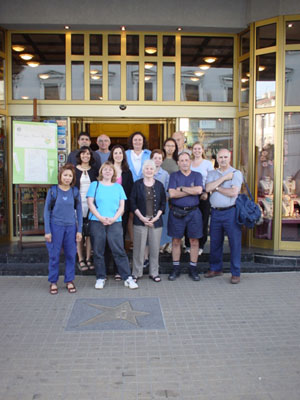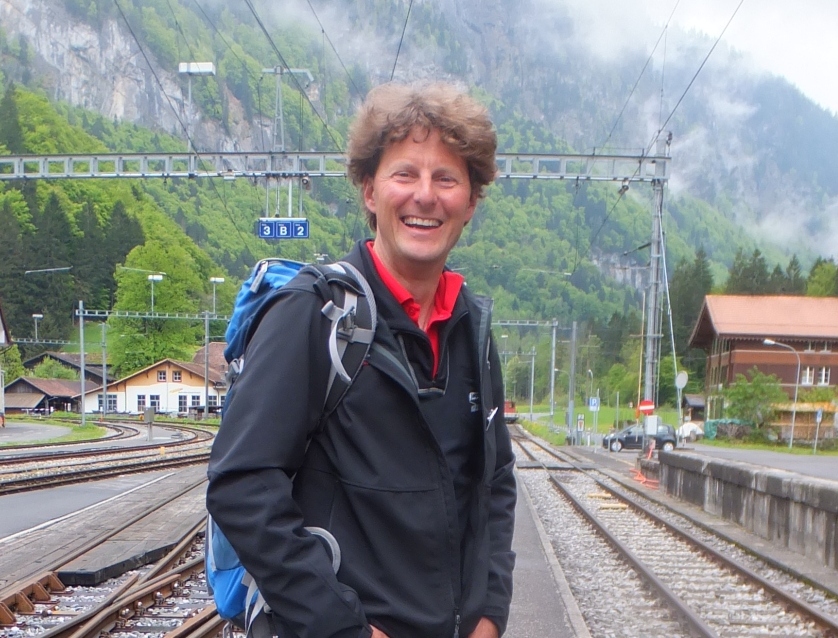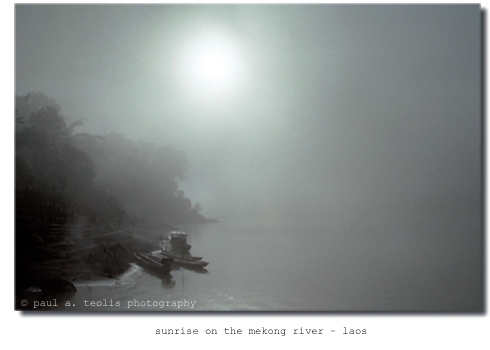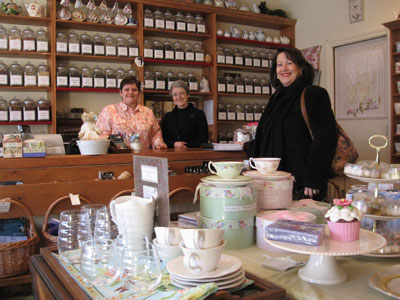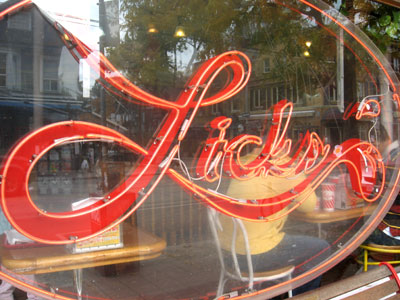7. You also visited 3 Nazi death camps: Treblinka, Auschwitz and Majdanek. What was your visit to Treblinka like? Where is it located, what does it look like, what did you feel?
Esther: Treblinka is located in the countryside. The camp’s barracks had been destroyed at the end of the war. Today, Treblinka is filled with hundreds of jagged rocks of various sizes over green grass that has grown over the horrors. The rocks represent the different cities from where Jews were deported. The larger the rock, the larger the Jewish population that once was.
To me, Treblinka felt like a huge cemetery. The jagged rocks are extremely powerful. This camp probably evoked the strongest emotional reaction in me of all the camps Though the ugliness of the camp and the actual barracks were no longer there, I was left to imagine the horrors that took place on the grounds I was walking on. Furthermore, based on research my father conducted, I knew that many of our family members from Poland who perished in the Holocaust had been deported to Treblinka.
Li: When we arrived at Treblinka, I was not sure as to what to expect there. I had very little information on the camp, but knew that it was one of the larger and more famous camps. To get to Treblinka, we traveled by bus along a small rural road, through small villages and passing farms. As we arrived, we noticed that the camp was situated in a very dense forested area, so we couldn’t see anything as we approached.
As I was doing 2nd unit camera work – which means I was gathering background footage to be used along with Sandy’s footage – I had to get ahead of the group, and catch their reactions as they were going into the camp. I was a bit nervous to go ahead on my own. I wasn’t sure if I was going to see tattered barracks, remains of a crematorium, images of the horrors that happened there. But as I traveled along the path carved out in the wooded area, I finally came to a clearing, a stretch of land several football fields wide. This was not what I expected. I was overwhelmed by the sight of all the jagged rocks, but felt a sense of relief and as well peace for those who died there, for nature certainly has taken over and covered the evil that once was there. It seemed as though many of the group members felt the same way. We all spread out and had moments to reflect on our own. In the end, we came together and said a prayer to those who died there. Though many of us were not from the same religious background, the prayer was the most emotional and most spiritual moment of the trip for me.

Railway tracks leading to Treblinka
8. How did your visit to Auschwitz unfold? Where is it located, what does it look like? Please describe your experience.
Li: Auschwitz is a known concentration camp in Poland. The sheer size of the camp, or in actuality camps as there were 3 different sites, was enormous. My impression of the camp as it is today was that it was a well oiled machine – unlike other camps. They had set-up tour guides to escort the visitors, and had set the camp up as more of a museum. It wasn’t as raw as what I expected.
As for our documentary, this was the only location where we were unable to get a permit to film unless we paid a permit fee. Since we were unable to do so, we left this out of our documentary.
9. Please tell us about your visit to Majdanek.
Esther: Despite it being a beautiful sunny day that day, black crows flew above and echoed throughout the camp adding to the rawness of the place. Surrounded by barbed wire, we saw rows of barracks. The barrack filled with people’s shoes particularly left a lasting impression. We also saw the crematorium, gas chambers, a dissection table and a huge monument filled with ashes and bones of those who were murdered. Unlike the other camps we had visited on the trip, Majdanek didn’t leave that much to the imagination. The remnants of horror were right in our faces.
Perhaps most shocking of all was the proximity of the camp to the city. There is no way that people living in the city did not know what was going on at this camp. It was right in their backyards.
10. There were some interesting dynamics in your travel group and different viewpoints must have emerged. Please comment on some of the interesting conversations and reflections that emerged during the trip.
Esther: As always in a group dynamic, people have different opinions and it was no different on our trip. I had perhaps the greatest difference of opinion from several in the group about Treblinka. Some in the group began speaking of the nature there – the grass, the flowers, the butterflies and how it had grown over the horrors that once took place. These people found a sense of hope at Treblinka.
I on the other hand couldn’t understand someone finding hope at a death camp. I felt their sense of hope was some sort of defense mechanism. I took the place for what it had been, a death camp, a place of horror, of sadness and today a memorial. Interestinglyas the trip went on and we visited more camps that contained evidence of the atrocities ie . crematorium, gas chambers, etc., I didn’t hear people speaking of hope anymore.

Toilets in barrack
11. For Esther: please tell us about your special side trip to Kielce, your grandparent’s birth town.
Esther: It was very interesting for me to visit Kielce. I had the address where my grandfather had lived but when I found the street, the actual building was no longer there.
I then went to the Kielce Jewish Cemetery in an attempt to find the graves of family members. To my shock, when I arrived I saw that the cemetery had been destroyed. What mainly remains are but a few headstones all bunched together in a square. There are no longer markers at the actual graves. All destroyed. So, my mission to find remnants of my family’s past had failed. It was disappointing but in hindsight, I suppose I shouldn’t be that surprised.
12. Your camera person and the documentary’s narrator was a young woman of German descent. Was this a deliberate decision? Please tell us about her experiences on the trip.
Esther: It was not a deliberate decision to have a camera person of German descent. What started out as just a job for her became something much more. During much of the trip, Sandy would admit she hid behind her camera and did her job. However, there were definitely moments and places where she became emotional. To see how Sandy emotionally unfolds, watch the documentary.
13. Please tell us about all the work involved in creating and finishing the documentary after you came back.
Esther: When we came back, we put a little distance between ourselves and the trip. Even though we were working on the trip, it was an emotionally charged experience and we felt it would be a good idea to process the trip on our own time and then get back to the work of editing.
We were lucky to find a wonderful editor who was willing to donate his time to help us edit the documentary. We had so many hours of footage and it was a huge job.
Nearly a year after our trip we did follow-up interviews with some of the participants and then had even more editing to do.
We then had some music composed for the film, some graphics added and we completed a polished rough cut in time for a presentation of the documentary to 2 test audiences at a Chicago University campus where we had been invited.
Li: And with all that done, we will begin submitting the documentary into festivals, with the ultimate goal of getting it into the educational system, to be used as a teaching tool. We would like our message to be put out there because hatred still exists and we hope that through learning in a contemporary setting about the Holocaust (a most extreme example of hate) we will learn not to hate and discriminate and to accept others.

Crematorium remnant
14. Looking back on your experiences on this trip and creating this documentary, what are your key insights and learning experiences?
Esther: The Holocaust is not just a Jewish history. It is also as relevant today as it has ever been. If we do not learn from history, what will prevent such atrocities from happening again? Certainly genocides are currently happening – obviously history has not taught us enough.
Li: Exactly what Esther said above. This was a life altering trip, and I recommend anyone who has the opportunity to visit Germany and Poland, or any countries that were effected by the Holocaust, to witness for themselves what happened in the past. The Holocaust becomes a reality and not simply a page in the history books.
Thank you both, Esther and Li, for your sharing your unique perspectives with us. I wish you all the best and lots of success for your documentary.
